Guatemala Vivienne and Antigua coffee beans Variety Flavor Description Taste characteristics Story
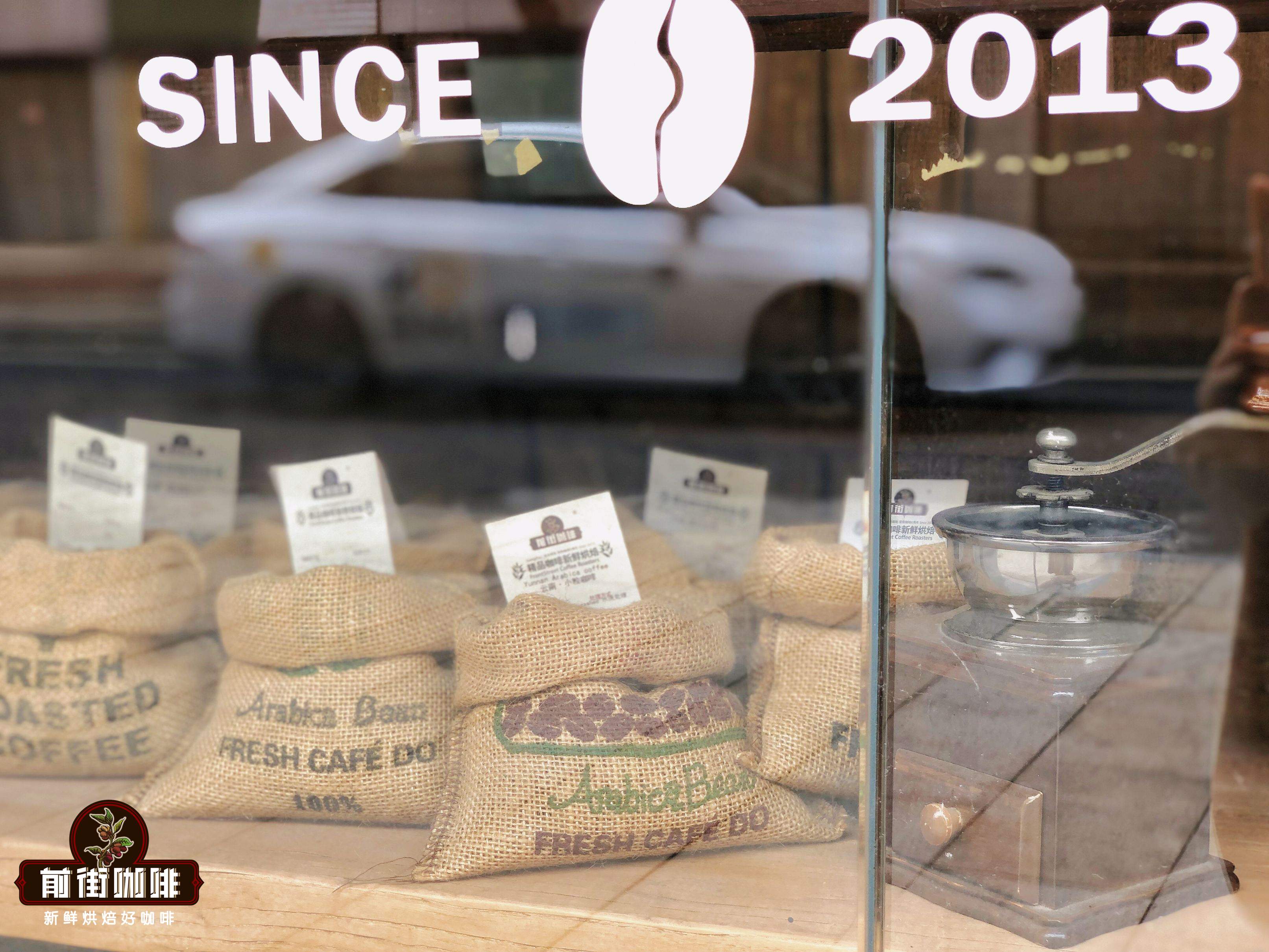
Guatemala is bordered by Mexico to the north and El Salvador and Honduras to the south. This country, which mainly grows and exports coffee, has fertile soil suitable for coffee trees, suitable climate, abundant water resources and high altitude planting height. Its territory also has many well-known Guatemalan coffee producing areas, such as Antigua, Vivette Nango, Koban and so on. Vivette Nango and Antigua are best known to coffee lovers.
Vivette Nan Fruit is located in the highlands of northwestern Guatemala, growing at an altitude of 1800-2100 meters. It is the highest coffee-producing area in the country and is famous for producing high-quality Guatemalan coffee beans. It is also one of the largest producing areas in Guatemala. In the Qianjie coffee rations bean series, there is a washed bean from the Guatemala Vivette south fruit producing area, which represents the basic flavor of the Guatemalan country.
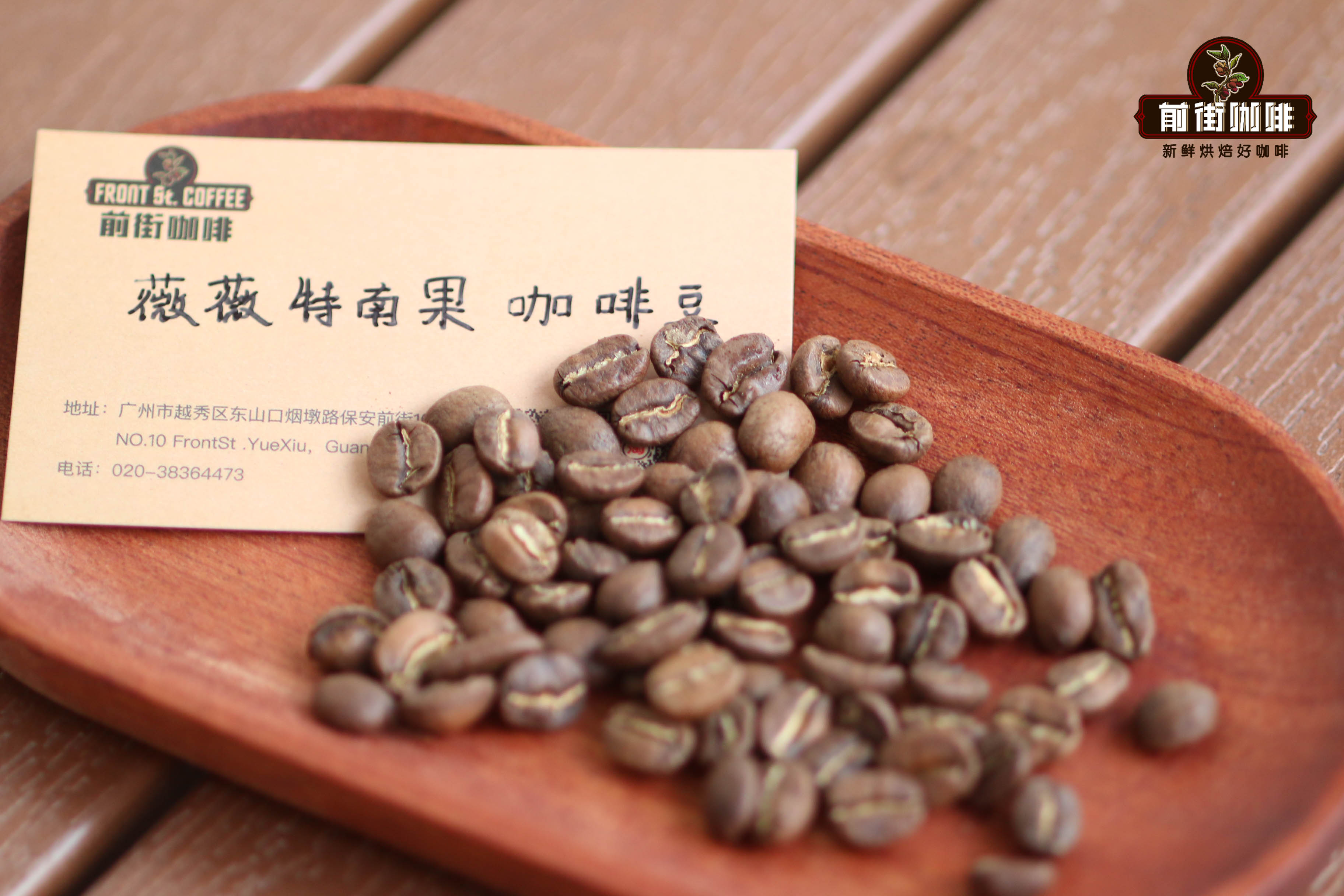
Qianjie Coffee Guatemala Vivette Nanguo
Producing area: Guatemala Vivette South Fruit producing area
Altitude: 1500 m-2000 m
Varieties: bourbon, Kaddura, Kaduai
Treatment method: washing treatment method
On the bean list of Qianjie Coffee, there are two beans in the Guatemalan country alone. The Guatemalan Vivetna fruit is one of them, while the other is the Guatemalan Flower God coffee bean from Antigua.
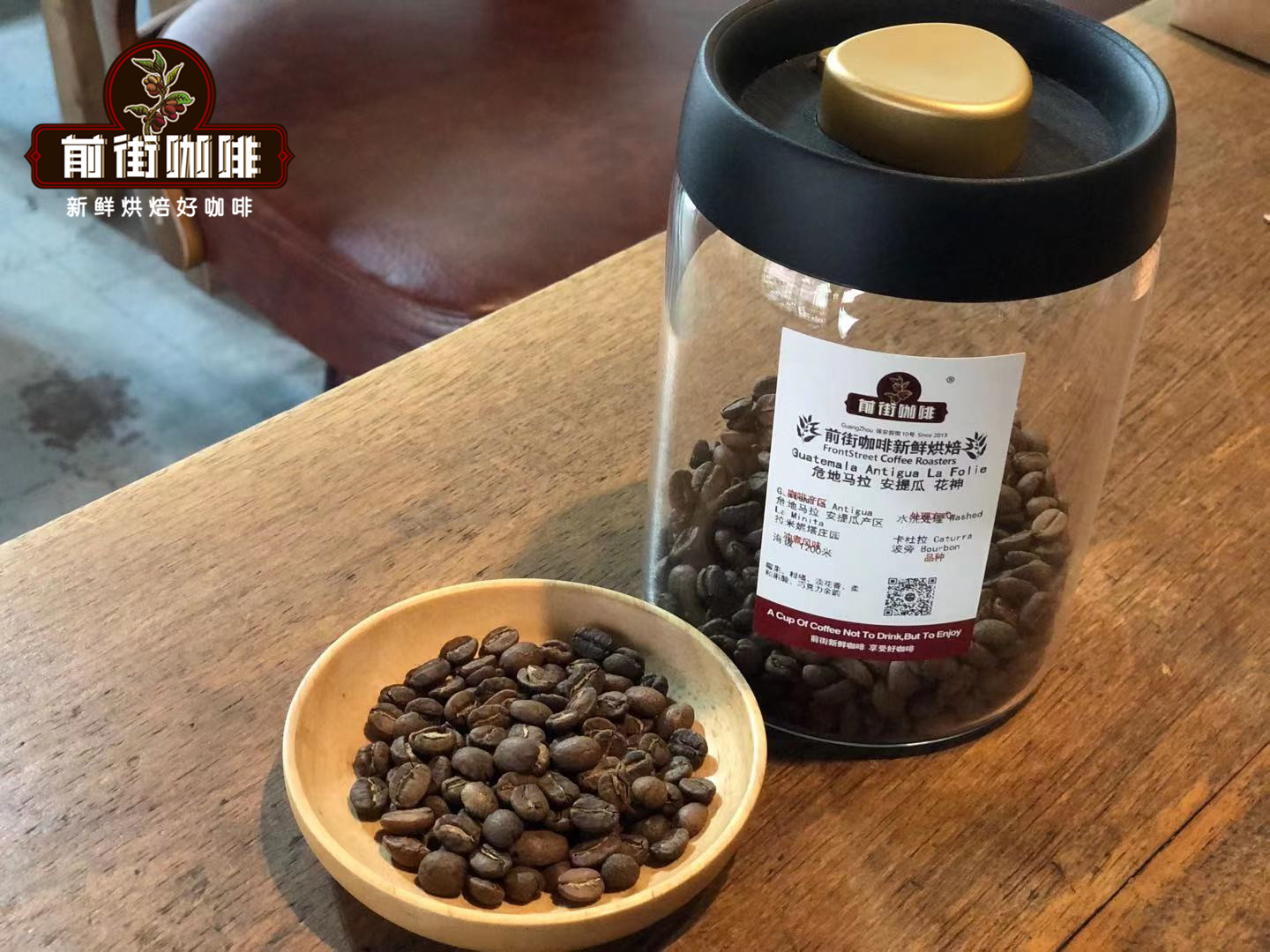
Qianjie Coffee Guatemala Flower God
Producing area: Antigua producing area of Guatemala
Manor: Raminita Manor
Altitude: 1200 m
Varieties: bourbon, Kaddura
Treatment method: washing treatment method
The Antigua producing area itself is the most famous of the seven major producing areas in Guatemala, with high altitude, unique volcanic soil and shade planting, so the coffee beans in the Antigua region have a unique flavor. The production area has less rainfall in summer and occasionally frosts in winter because it is too cold, which is actually not suitable for the growth of coffee trees. However, because it is located in the active volcanic zone, the volcanic light stone after the eruption of the volcano falls into the soil and cools. Because these light stones have many fine holes, they are very easy to moisturize. In addition, a large number of shade trees are planted in Raminita Village, which produces Huasheng coffee beans, so that coffee trees will not be harmed by cold in winter. These factors to overcome adverse conditions, coupled with a great temperature difference between day and night, have created this Antigua to form a unique micro-climate, so that the coffee beans here have a light smoky smell and strong fruit aroma.
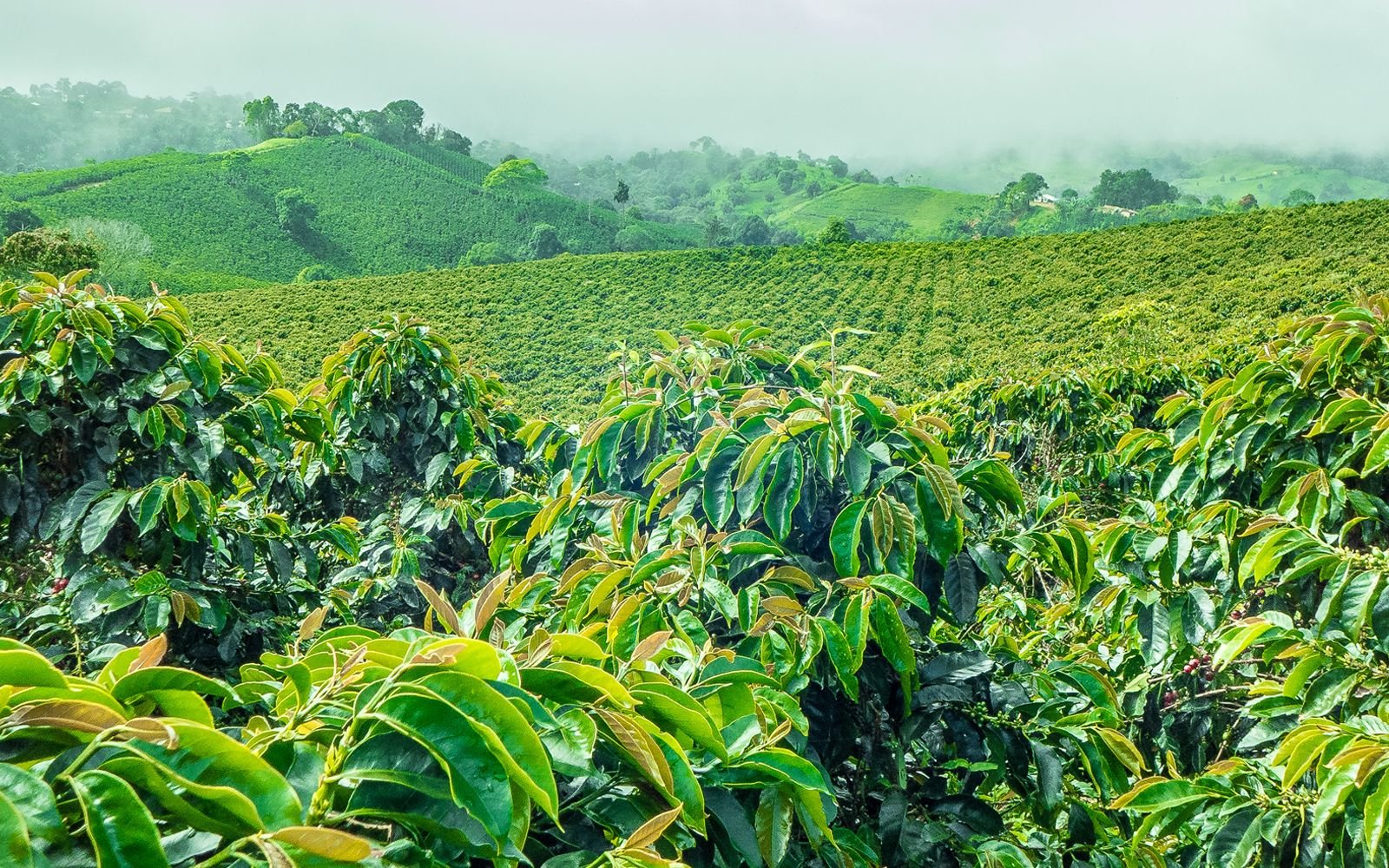
The Guatemalan Flower God Coffee from Qianjie Coffee is made by the Raminita Group, which is known for its strict planting management and processing technology. Raminita Manor in Guatemala does not use pesticides, and the risk of insect pests in coffee estates is greatly reduced with the help of higher elevations and lower temperatures. Raminita also tests the soil in the coffee farm twice a year to determine how to fertilize it. The application of trace elements such as zinc, boron and copper can provide more nutrients for coffee trees and prevent diseases. Such scientific cultivation and management has created the excellent performance of Huashen coffee flavor and the reputation of the same quality for several years.
When the rainy season is coming to an end, the coffee fruit will be close to ripening, but because the coffee fruit ripens slowly and unevenly, the harvest is very careful. the fruit of a coffee tree will be harvested up to five times as coffee cherries mature.

After the coffee fruit was actually harvested, Raminita commissioned Las Pastores, the largest local washing plant, to wash the raw beans according to strict standards, and named them Flower God.
The washing method seems simple, but every step is very exquisite.
1. Remove the floating beans and pour the coffee beans into a large tank, the immature inferior beans will float to the surface, and the ripe and full fruits will sink to the bottom of the water.
two。 Remove the peel and pulp through the pulp screening machine to remove the exocarp and pulp of the coffee fruit. It leaves pectin, endocarp and silver peel.
3. The purpose of this step of fermentation is to use biological treatment to remove pectin. Put the coffee fruit treated by the pulp screening machine into the fermentation tank for 16 hours and 36 hours, the fermentation bacteria will dissolve the pectin.
4. After washing, after fermentation and removal of pectin, the coffee beans will be washed again because the fermentation bacteria and impurities will remain on the coffee beans. In order to clean it, this step consumes a lot of water.
5. Dry and remove endocarp and silver peel to dry the coffee fruit so that the moisture content is reduced to 1014%. Then use the sheller to remove the remaining endocarp and silver peel, that is, to complete the processing.
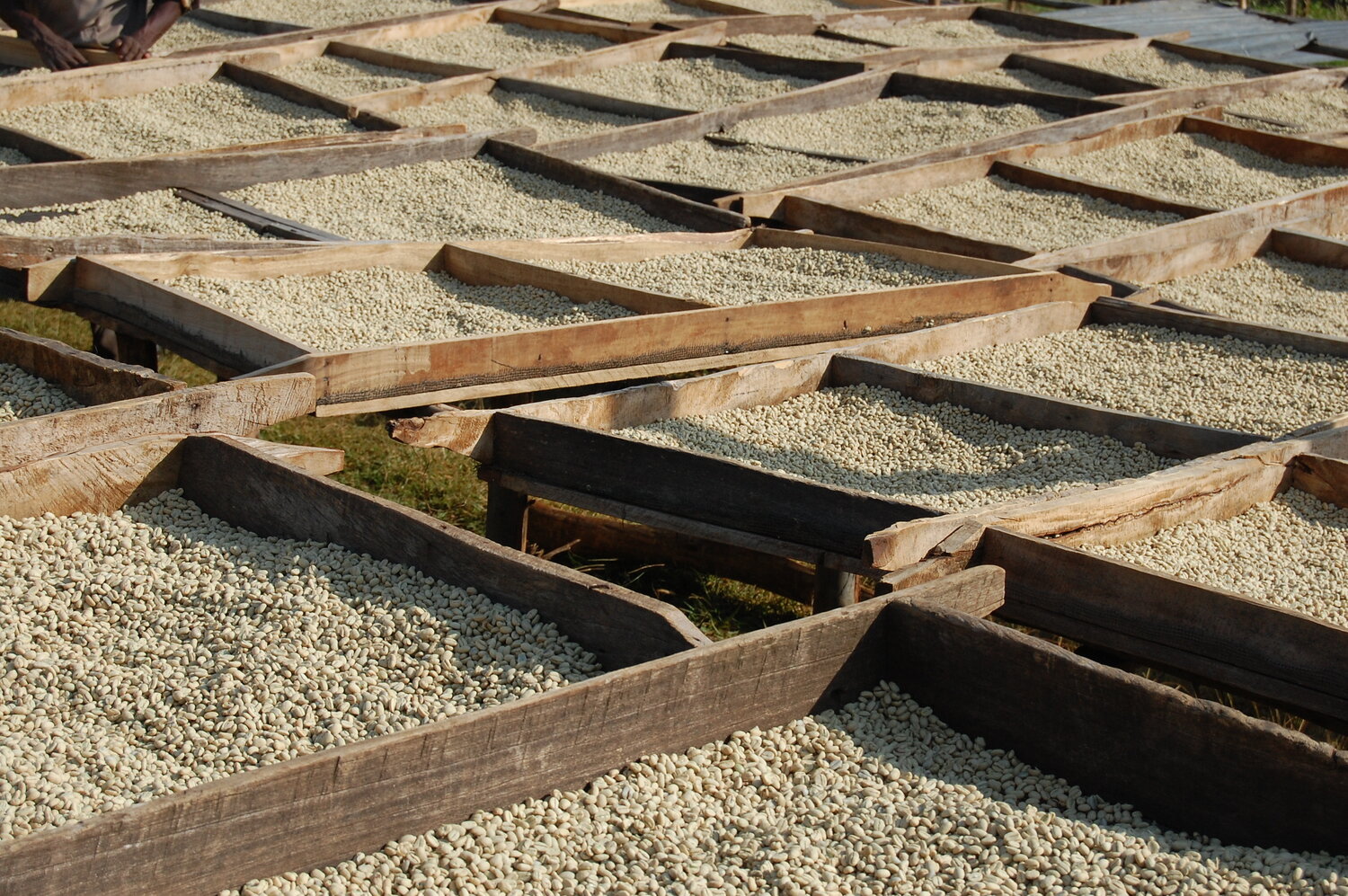
Coffee washing began in the mid-18th century. In the process of washing, the pulp of the coffee fruit should be removed first, then the residual mucous membrane on the inner pericarp should be removed by fermentation trough, and the beans should be washed and dried.
The washing method can remove impurities and defective beans through each step, so the appearance of raw beans is uniform and is generally considered to be of high quality. But the biggest disadvantage of washed coffee is that coffee beans are easy to get the stench of fermentation during fermentation. Beans will be stained with the smell of fermentation, most of which are due to the lack of management and maintenance of the fermentation tank. The microbes that soak the coffee beans with mucous membrane on the endocarp in the fermentation tank will cause the coffee beans to be stained with fermented flavor.
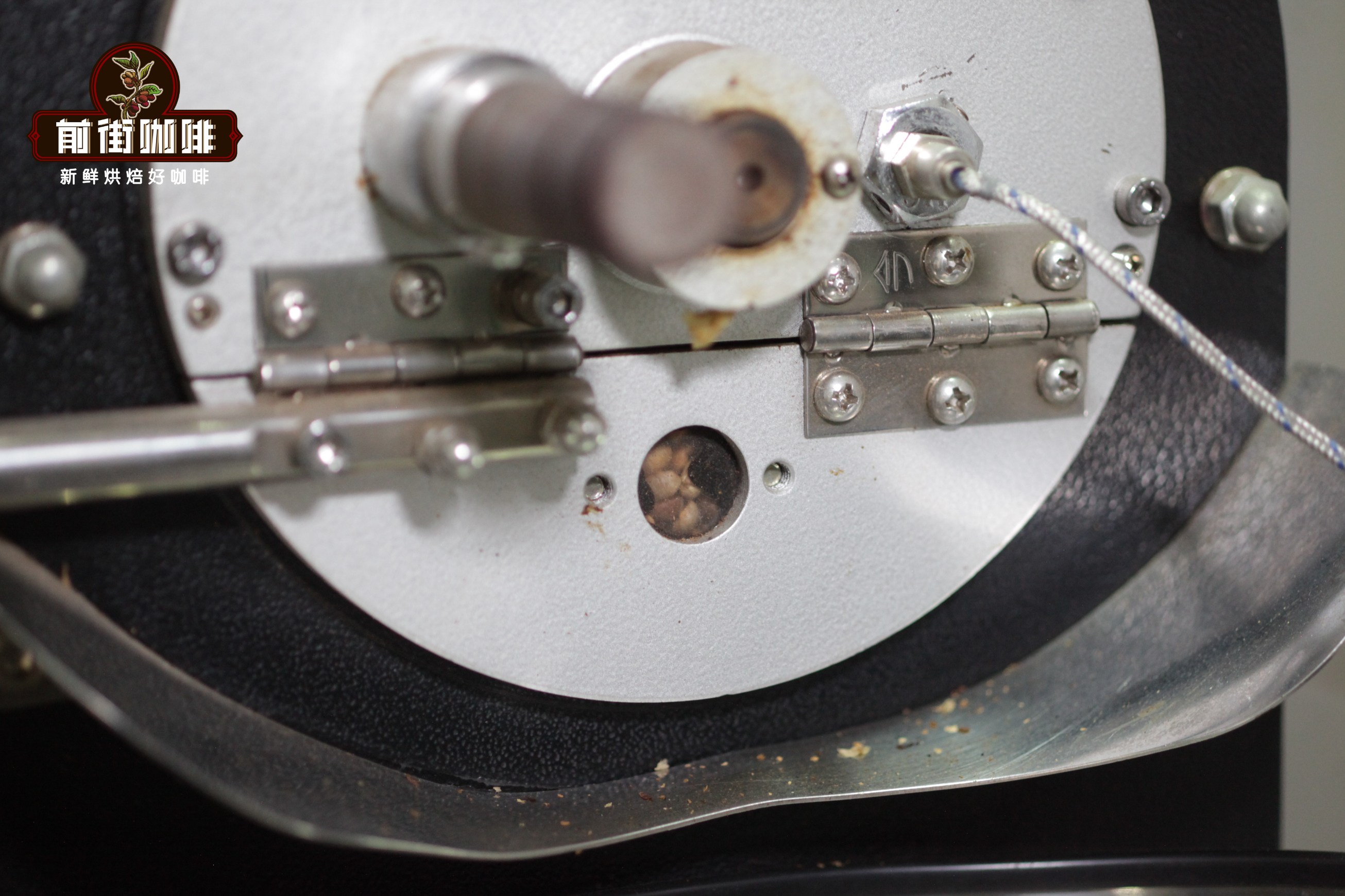
After receiving this Guatemalan Flower God coffee bean, Qianjie coffee roaster adopted a moderate roasting degree in order to highlight the balance, tea, flower aroma and acidity of the beans. When brewing Qianjie coffee, baristas will use higher water temperature and fine grinding to boil out the aroma and acidity of this Huashen coffee bean, but at the same time avoid excessive extraction caused by high temperature. will use a V60 filter cup with a faster flow rate.
Filter cup: Hario V60
Water temperature: 91 degrees Celsius
Amount of powder: 15g
Ratio of powder to water: 1:15
Grinding degree: the pass rate of No. 20 screen is 80%.
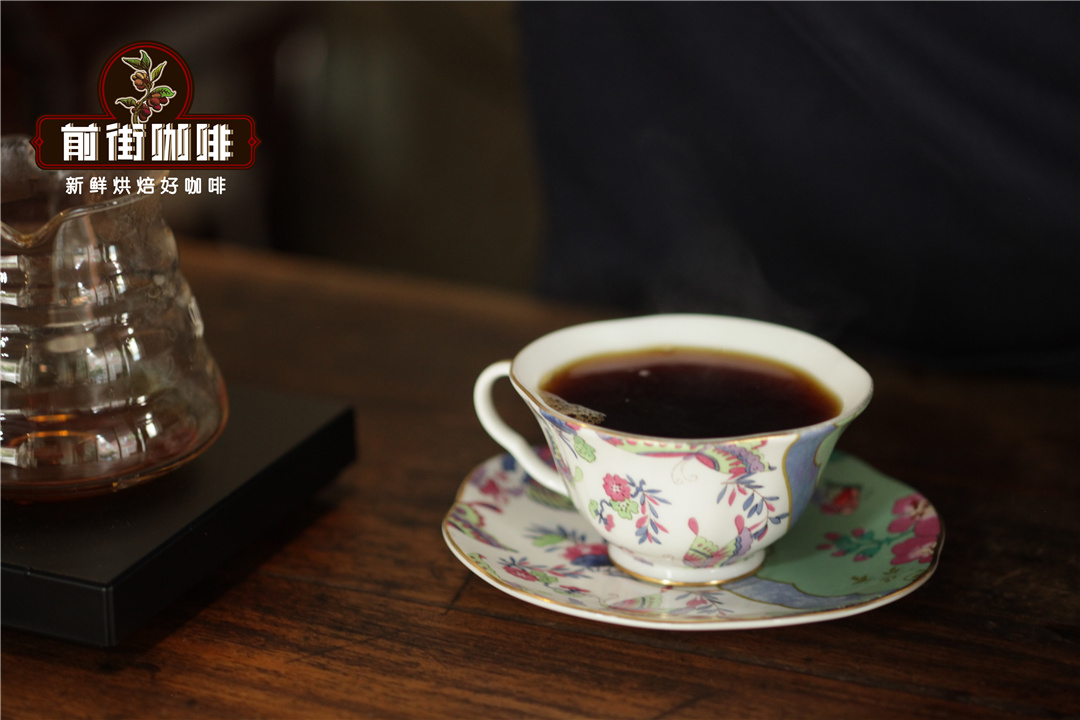
Qianjie suggests using three-stage water injection when brewing, so as to give the coffee a richer sense of hierarchy. First, the coffee powder is completely wetted with 30 grams of water and steamed for 30 seconds, the small flow slowly circulates into the second section of water to 125 grams for segmentation, the temperature of the water in the filter cup drops to the point where the powder bed is about to be exposed, and the injection of the third section of water to 225 grams is stopped immediately. The filter cup can be removed when the water in the filter cup completely falls into the sharing pot below, and the total extraction time is about 2 minutes.
For more information about coffee beans, please follow the coffee workshop (Wechat official account cafe_style) and exchange professional coffee knowledge. Please add Wechat account kaixinguoguo0925.
Important Notice :
前街咖啡 FrontStreet Coffee has moved to new addredd:
FrontStreet Coffee Address: 315,Donghua East Road,GuangZhou
Tel:020 38364473
- Prev

Introduction to the method of grinding and calibrating the flavor description of Honduran coffee beans
For coffee production, the geographical conditions of Honduras are no less than those of neighboring coffee-producing countries such as Guatemala and Nicaragua. There are 280000 hectares of coffee plantations in Honduras, mainly small coffee plantations, most of which are less than 3.5ha. These coffee plantations account for the whole Hongdu.
- Next

Flavor description of Ugandan Kerry Fine Coffee introduction of raw beans instead of taste
Uganda Kerry boutique coffee flavor description raw beans instead of taste Uganda is a landlocked country in eastern Africa, across the equator, bordering Kenya to the east, Tanzania and Rwanda to the south, the Democratic Republic of the Congo to the west and Sudan to the north. Most of the territory is located in the Central African Plateau, with lakes, with an average elevation of 1000,000,000 meters above sea level. There are many lakes and plateaus in the mountains, which are known as the water villages of the plateau. West of the Great Rift Valley of East Africa
Related
- Detailed explanation of Jadeite planting Land in Panamanian Jadeite Manor introduction to the grading system of Jadeite competitive bidding, Red bid, Green bid and Rose Summer
- Story of Coffee planting in Brenka region of Costa Rica Stonehenge Manor anaerobic heavy honey treatment of flavor mouth
- What's on the barrel of Blue Mountain Coffee beans?
- Can American coffee also pull flowers? How to use hot American style to pull out a good-looking pattern?
- Can you make a cold extract with coffee beans? What is the right proportion for cold-extracted coffee formula?
- Indonesian PWN Gold Mandrine Coffee Origin Features Flavor How to Chong? Mandolin coffee is American.
- A brief introduction to the flavor characteristics of Brazilian yellow bourbon coffee beans
- What is the effect of different water quality on the flavor of cold-extracted coffee? What kind of water is best for brewing coffee?
- Why do you think of Rose Summer whenever you mention Panamanian coffee?
- Introduction to the characteristics of authentic blue mountain coffee bean producing areas? What is the CIB Coffee Authority in Jamaica?

